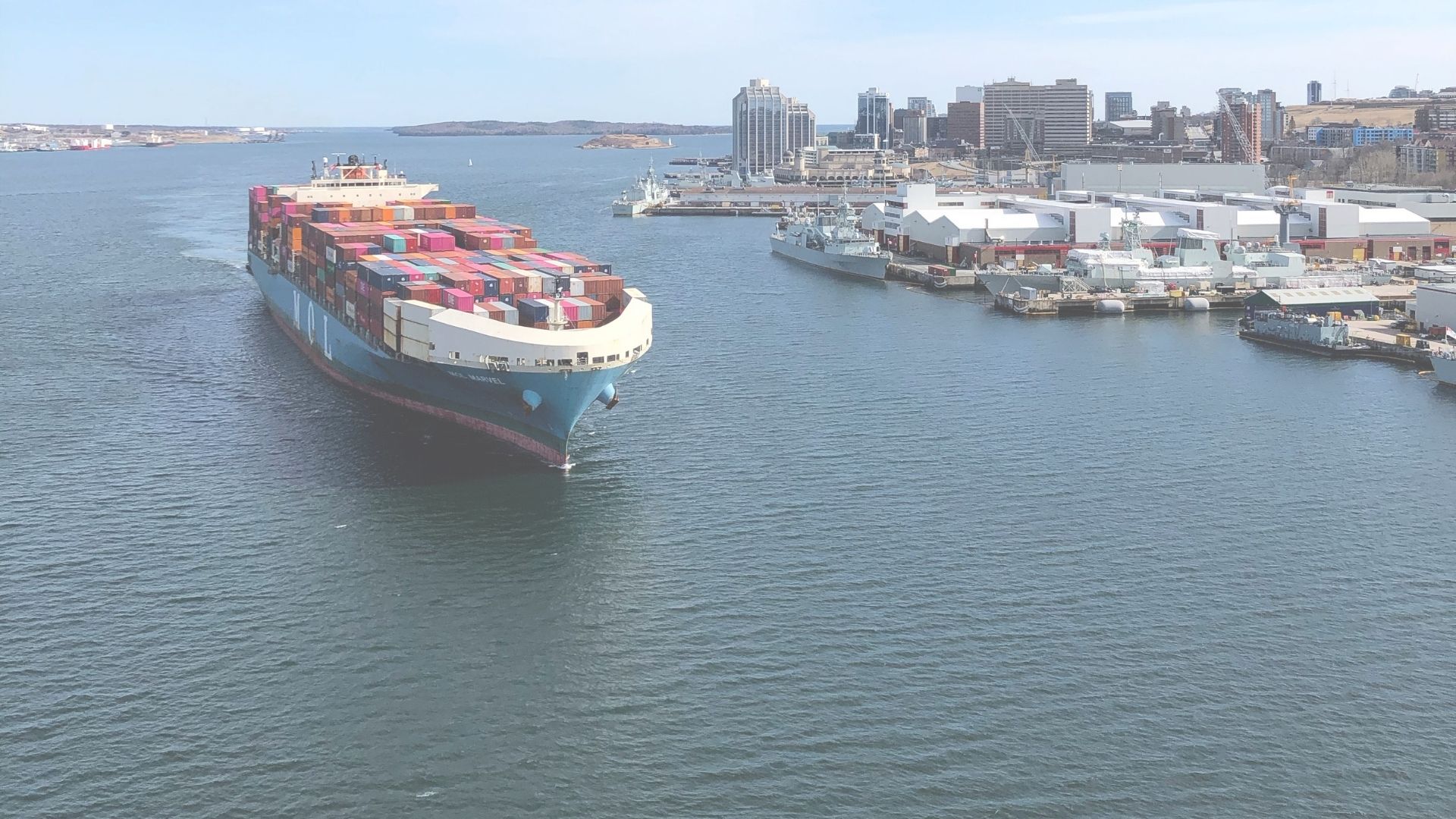
Typical products exported by the Northeast
Brazilian exports make it possible to increase the scale of production, the acquisition of knowledge and the use of gains from specialization in stages of the global value chains, bringing to Brazil great international visibility and an increase in the quality of our agriculture and domestic production, which generates a lot of income.
Last year, exports reached US$ 280.4 billion and contributed to the recovery of the economy, and Brazilian main trading partners were China, the European Union, the United States, Mercosur, and Japan.
Today Brazil is the 13th largest global economy but occupies the 25th position among world exporters of goods. Each region of the country has its share in the composition of our trade balance, and today we are going to talk about the importance of the Northeast for this whole.
The territorial area of the Northeast is equivalent to that of Mongolia, about 1,558,000km², its population is equivalent to that of South Africa, and it is the region with the largest number of Brazilian states (nine): Alagoas, Ceará, Bahia, Paraíba, Maranhão, Piauí, Pernambuco, Rio Grande do Norte, and Sergipe. In the ranking of
countries that export the most, published in 2019, Bahia occupied the 10th position, while Ceará was the 14th, which at the time represented 1% of Brazilian exports.
According to the Technical Office for Economic Studies of the Northeast (ETENE), Northeastern exports benefited in 2021 from the increase in the price of commodities such as grains, ores, and oil derivatives. Exports in the agricultural sector grew, mainly due to the increase in soybean sales. Soybean was also responsible for granting Bahia the largest portion of exports in the region.
But what are the typical products exported by this region?
The Northeast is an extremely productive region, which continually breaks production records, despite the extreme climatic effects of the region. Over the years, the Northeastern States have been striving to diversify crops and intensify the use of new technologies, since food production is one of their main forms of income generation. Northeastern exports are concentrated in four states: Maranhão (20.4%), Ceará (12.5%), Pernambuco (10.6%) and Bahia (47.4%), which accounted for 91.0% of the total of exports from the Northeast in 2018.
The most consumed fruit in the world, banana, is also the most cultivated in the country, as it is also Brazilian’s preference. According to the Northeast Development Superintendence, linked to the Ministry of
National Integration, more than 2.7 million tons of this fruit is produced per year, in the area that includes the Northeast, north of Minas and Espírito Santo. Bom Jesus da Lapa city, in Bahia, stands out for producing more than 160 thousand tons per year.
Orange comes right after. In addition to the traditional orchards cultivated in the Bahian countryside, the West of Bahia has had a growing participation in crops, such as in the city of Barreiros. As significant as the orange, coconut crops occupy the third position, being the region responsible for more than 80% of the national production of coconut.
We cannot forget the economic importance of some cities in Pernambuco, Ceará, and Northern Bahia. Producers in these areas have adapted the cultivation of vines to the different climatic conditions of the Northeast, and today they already account for more than 30% of the exports of grapes produced in Brazil.
Soybean, the main agricultural export product, accounts for 10% of exports that leave Brazil from the Northeast region, specifically from the Matopiba area, which covers cities in the West of Bahia, Maranhão, Tocantins, and Piauí. Manioc is also a major player in the Northeastern economy, although its share on exports has declined in recent years.
It may seem unlikely, but the semiarid region is one of the regions with great productive relevance. Data show that 63% of bananas are grown in areas with this type
of weather. The same happens with 93% of mangoes, about 73% of passion fruit, more than 95% of grapes and 98% of soybeans.
These are great results for the region with one of the driest climates in the world, since according to the World Meteorological Organisation the precipitation in this area varies between 200 and 400 millimeters only. The semi-arid climate is characterized by high temperatures, low humidity, and little rainfall, which means very adverse factors.
Some interesting data brought by the Foreign Trade Agricultural Network (InterAgro) show the main agricultural exports of the Northeast, which exceeds US$4 billion and represents 6% of what Brazil exports from the sector:
Period between 2015 and 2017
Fruits and nuts stand out, which account for 59% of national exports, and cocoa and its derivatives, responsible for 85% of Brazilian exports.
Northeastern exports do not depend on agriculture only. In 2019, exports from Ceará continued to be led by metallurgical products, totaling US$1,208 billion and accounting for 53.36% of the total exported
by the state. The main products exported from this group were “semi-manufactured products of iron or non-alloy steel, of rectangular cross-section, which contain, by weight, less than 0.25%”, whose share was 85%.
However, exports from the Northeast and its states are, in fact, concentrated in Non-Industrial or Low and Medium Technological Intensity products, represented mainly by agricultural, mineral and energy commodities, and traditional industries.
Therefore, when we talk about the Northeast and exports, we are talking about a region the size of the Amazon that is very rich and precious for Brazil, which should always be remembered for its great national relevance.